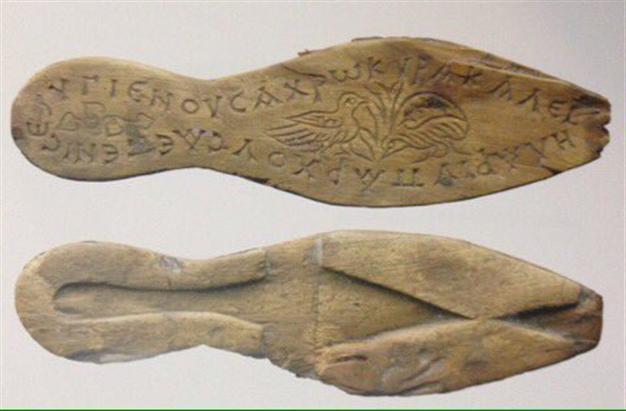Footprints among top findings of Yenikapı excavations
Ömer Erbil - ISTANBUL
 While taking the known history of Istanbul back to 8,500 years ago, the Yenikapı excavations have unearthed a raft of historical artifacts that have drawn the world’s attention to archaeology in Turkey.
While taking the known history of Istanbul back to 8,500 years ago, the Yenikapı excavations have unearthed a raft of historical artifacts that have drawn the world’s attention to archaeology in Turkey. Among the most interesting findings of the Neolithic Age excavations are the footprints of the first locals of Istanbul and their tools - including canoe oars and spoons fashioned out of bone.
Many of these findings have been included in the world’s most unique artifacts, and are currently being held at the Istanbul Archaeology Museum, waiting to be moved to a new museum set to be established in Yenikapı on Istanbul’s historic peninsula.
At the same time, the excavations at the Aksaray Yenikapı Square, which are thought to be an extension of the ancient Theodosius Harbor, are still being carried out. Officials and archeologists stress that these excavations must be carried out with utmost care as very important findings may be revealed there.
Among the many interesting items found during the Yenikapı excavations include a 1,200-year-old wooden comb, which is the only such item in the world; 1,500-year-old flip-flops, on which “use on healthy days” is written in Greek; a 1,200-year-old amphora; 8,000-year-old canoe oars, which are the oldest ever found; cherry stones found in a shipwreck that sunk 1,200 years ago; and the head of an ivory figure from 1,600 years ago, an extraordinary work of art.
















